Have you noticed a sudden change in the taste or smell of your well water, and you’re not sure what to do next?
How Do I Handle Sudden Changes In Well Water Taste Or Smell?
What this article will help you with
You’ll get clear, practical steps to identify causes, respond immediately, test effectively, treat the problem, and prevent future issues. You’ll also learn how wildfires can affect your well water and what special precautions to take after a wildfire.
Why you should act quickly when water tastes or smells different
A sudden change in taste or smell can be a warning sign of contamination, mechanical problems, or changing groundwater chemistry. You’ll want to treat it seriously because the issue could affect your health, plumbing, or household appliances.
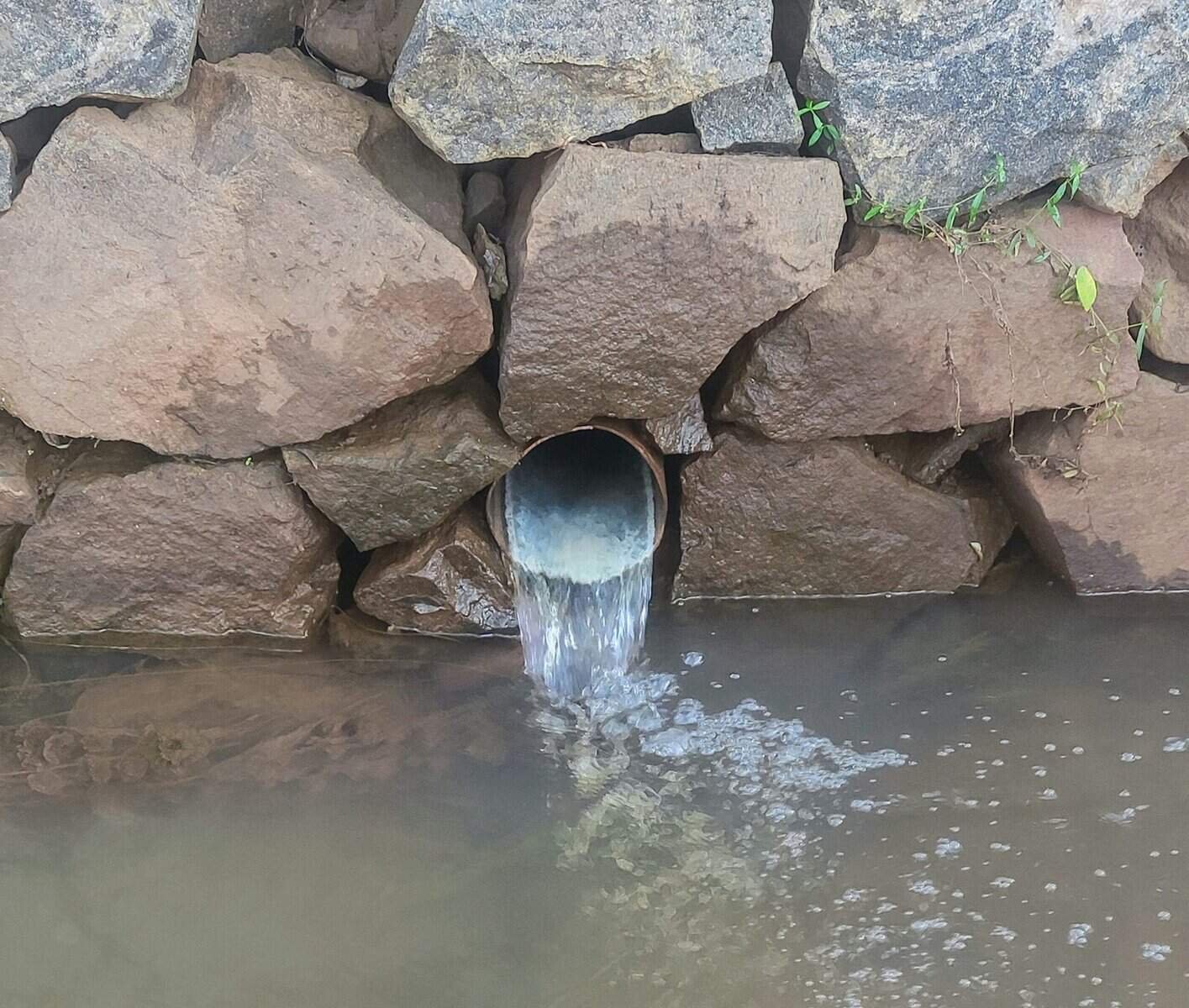
First immediate actions to take when you notice a change
When you sense an unusual taste or odor, stop using the water for drinking and cooking until you know it’s safe. Use bottled water or water from a trusted source for drinking, brushing teeth, preparing infant formula, or cooking until you get test results.
Quick safety checklist
You should follow these immediate steps to reduce risk and gather information:
- Stop drinking or cooking with the water. Use bottled water instead.
- Note when the change began and any events that coincided with it (heavy rain, construction, nearby spills, septic work, or wildfires).
- Check if the taste or smell is present in hot water, cold water, or both — that helps pinpoint whether the issue is plumbing or the well itself.
- Avoid using water for ice or food preparation until you’re sure it’s safe.
- Call a certified lab or local health department for guidance on sampling and testing.
Common tastes and odors and what they often mean
Different tastes and smells suggest different causes. Knowing what you’re smelling or tasting helps you decide how urgently to act and which tests to request.
| Taste/Smell | Likely causes | Immediate concern level | Typical treatments |
|---|---|---|---|
| Rotten egg / sulfur smell | Hydrogen sulfide gas or sulfur-reducing bacteria | Moderate to high (smell can be unpleasant, may indicate bacteria) | Aeration, activated carbon, chlorination, shock disinfecting |
| Metallic (iron or copper) taste | Dissolved iron, manganese, copper, or corroding pipes | Moderate | Oxidation/filtration, water softening, corrosion control |
| Salty taste | High sodium, saltwater intrusion, brine from nearby water softeners or roads | High for people on low-sodium diets | Identify source, water treatment (reverse osmosis), relocate brine discharge |
| Chlorine smell/taste | Recent chlorination or municipal treatment, or over-chlorination during disinfection | Low to moderate | Let water sit/flush system, test residuals |
| Earthy/musty taste or odor | Organic matter, algae, decaying vegetation | Moderate | Activated carbon filters, proper wellhead protection |
| Chemical or fuel-like odor | Fuel, solvents, pesticides, VOCs | High — treat as emergency | Stop using water, call health department, sample immediately, professional remediation |
| Bitter or astringent taste | High nitrate or sulfate, some minerals | High for infants (nitrate) | Test for nitrates, treatment like ion exchange, RO, or well repair |
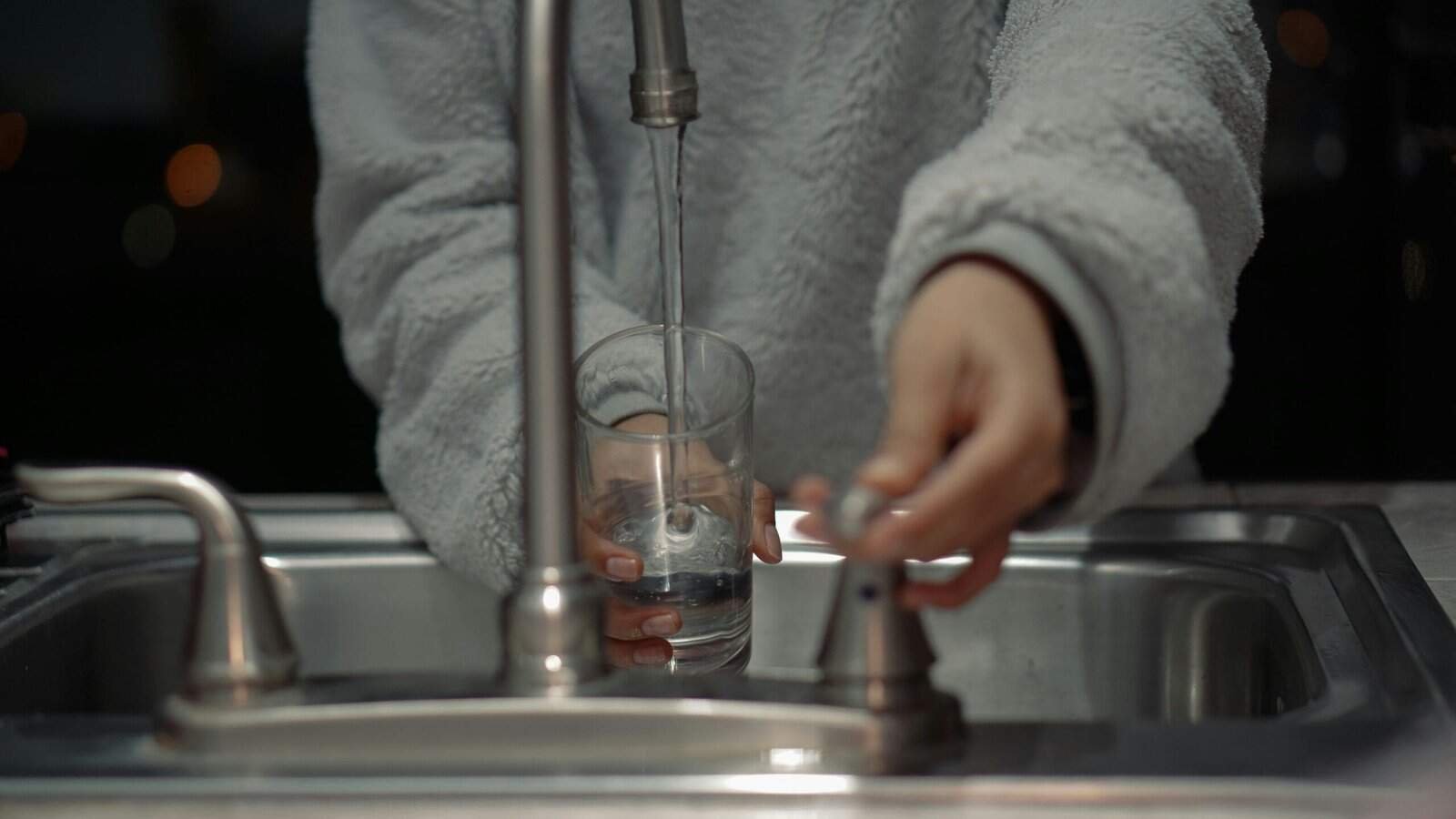
How to narrow down whether the problem is in the well or in your plumbing
You’ll save time and money by figuring out whether the issue originates at the well, the plumbing, or a specific appliance.
- Test at multiple locations: Run cold tap in a bathroom or outside spigot, then test at kitchen sink and a hot-water faucet. If only hot water smells or tastes odd, the water heater may be the issue. If both hot and cold in multiple locations show the same problem, it usually points to the well or groundwater.
- Observe timing: If the taste/odor is present only when you first turn on the tap and fades, the problem may be in a faucet, aerator, or local plumbing. If it’s continuous, the problem is likely at the well or in the distribution plumbing.
- Check aerators and filters: Remove and clean faucet aerators and replace inline/point-of-use filters. If the problem disappears, a clogged or exhausted filter may have caused bacterial growth or trapped contaminants.
- Confirm with neighbors: Ask neighbors who use nearby wells whether they’ve noticed similar changes; if they have, the issue may be widespread (e.g., recharge changes, agricultural runoff, or a regional contamination source).
Testing: what you should test for and how to collect samples
When you suspect contamination or a chemical change, use a certified lab and request the appropriate tests. You’ll get more useful results when you describe the taste/smell and any recent events.
Essential tests to request (start here)
You should prioritize these tests after any sudden change:
- Total coliform bacteria and E. coli — bacteria can cause odor and illness.
- Nitrate and nitrite — especially important if you have infants or pregnant people at home.
- pH and total dissolved solids (TDS) — tell you about overall water chemistry changes.
- Turbidity — cloudiness that indicates suspended material or microbes.
- Chloride and conductivity — help detect saltwater or brine intrusion.
- Iron and manganese — cause metallic taste and staining.
- Hydrogen sulfide — if you smell rotten eggs.
- Volatile organic compounds (VOCs) and petroleum hydrocarbons — if you smell fuel or solvents.
Additional tests to consider
If wildfires or chemical spills are a possibility, consider:
- Arsenic, lead, mercury — metals may increase after burning materials or soil erosion.
- Polycyclic aromatic hydrocarbons (PAHs) and other combustion byproducts — if structures or vegetation burned nearby.
- Pesticides and herbicides — after agricultural runoff or improper application.
How to collect a water sample correctly
You’ll reduce false results by following the lab’s sampling instructions precisely:
- Use the sterile bottle and instructions from the lab or health department.
- Don’t clean the faucet with disinfectant right before sampling — that can alter bacterial results.
- Run water for a specified time (often a few minutes) to ensure you sample water representative of the supply.
- Fill the bottle to the indicated level, label it, keep it cool, and get it to the lab quickly (many bacterial tests require same-day delivery).
- If you’re unsure, ask the lab to provide a sample kit and instructions — they often do.
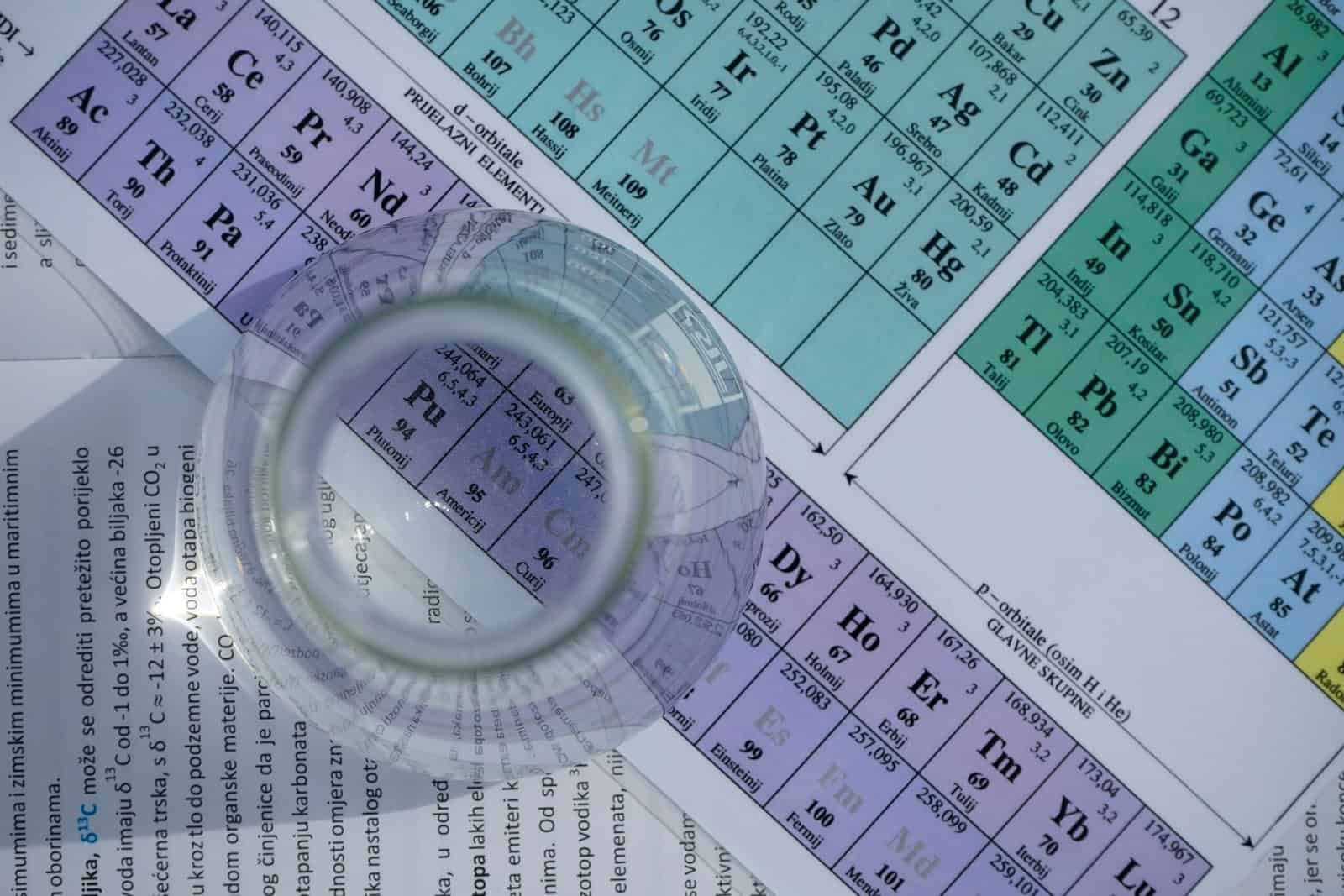
Interpreting test results and what to do next
You’ll want to know which results require immediate action and which indicate longer-term treatment.
- Positive coliform or E. coli: Treat water as unsafe for drinking until corrected. You should disinfect the well and repeat testing until results are negative.
- Elevated nitrates (over 10 mg/L as N): This is dangerous for infants and requires immediate action — use alternative water for babies and pregnant people and take steps to reduce nitrate levels (source control, new well, treatment like ion exchange or reverse osmosis).
- High TDS or salinity: Consider reverse osmosis for drinking water or investigate salt intrusion sources.
- Elevated metals (lead, arsenic, iron, manganese): Consider corrosion control, filtration, or point-of-use treatment. Lead requires immediate action if above action levels.
- Presence of VOCs or petroleum products: Stop drinking the water, contact authorities, and hire a professional environmental consultant for cleanup.
Treatment options based on the cause
Your treatment depends on the contaminant. Many systems can be combined for comprehensive protection.
Biological contamination (bacteria, coliform)
You’ll likely need to disinfect your well and plumbing and correct any structural issues causing contamination. Common options:
- Shock chlorination (disinfection) of the well and plumbing.
- Install point-of-use (POU) filters certified for microbiological removal (e.g., UV disinfection systems combined with sediment prefilter).
- Repair faulty well caps, casings, or grout to prevent surface water entry.
Hydrogen sulfide (rotten egg smell)
You can treat hydrogen sulfide with:
- Aeration systems that oxidize and vent the gas.
- Activated carbon filters for low-level hydrogen sulfide (requires frequent replacement).
- Chlorination followed by filtration, or specialized manganese greensand filtration for higher concentrations.
Iron and manganese (metallic taste, staining)
You should treat with:
- Oxidation followed by filtration (air injection, chemical oxidants, greensand).
- Water softener (ion exchange) for low-to-moderate iron/manganese (note: softeners aren’t ideal for high levels).
- Reverse osmosis (for drinking water only) to remove dissolved metals.
Salinity or sodium intrusion
When water tastes salty, consider:
- Identifying and stopping the source if possible (e.g., brine leaks, road salt contamination).
- Reverse osmosis systems for drinking and cooking water.
- In extreme cases, drill a new well or deepening to a less-impacted aquifer.
VOCs, fuel, or solvents
When you detect chemical odors, you’ll need professional help:
- Stop using the water for drinking immediately.
- Arrange for professional sampling for VOCs.
- Use activated carbon or air-stripping systems if the contaminant is amenable to those treatments.
- Remediation may require source cleanup and long-term monitoring.
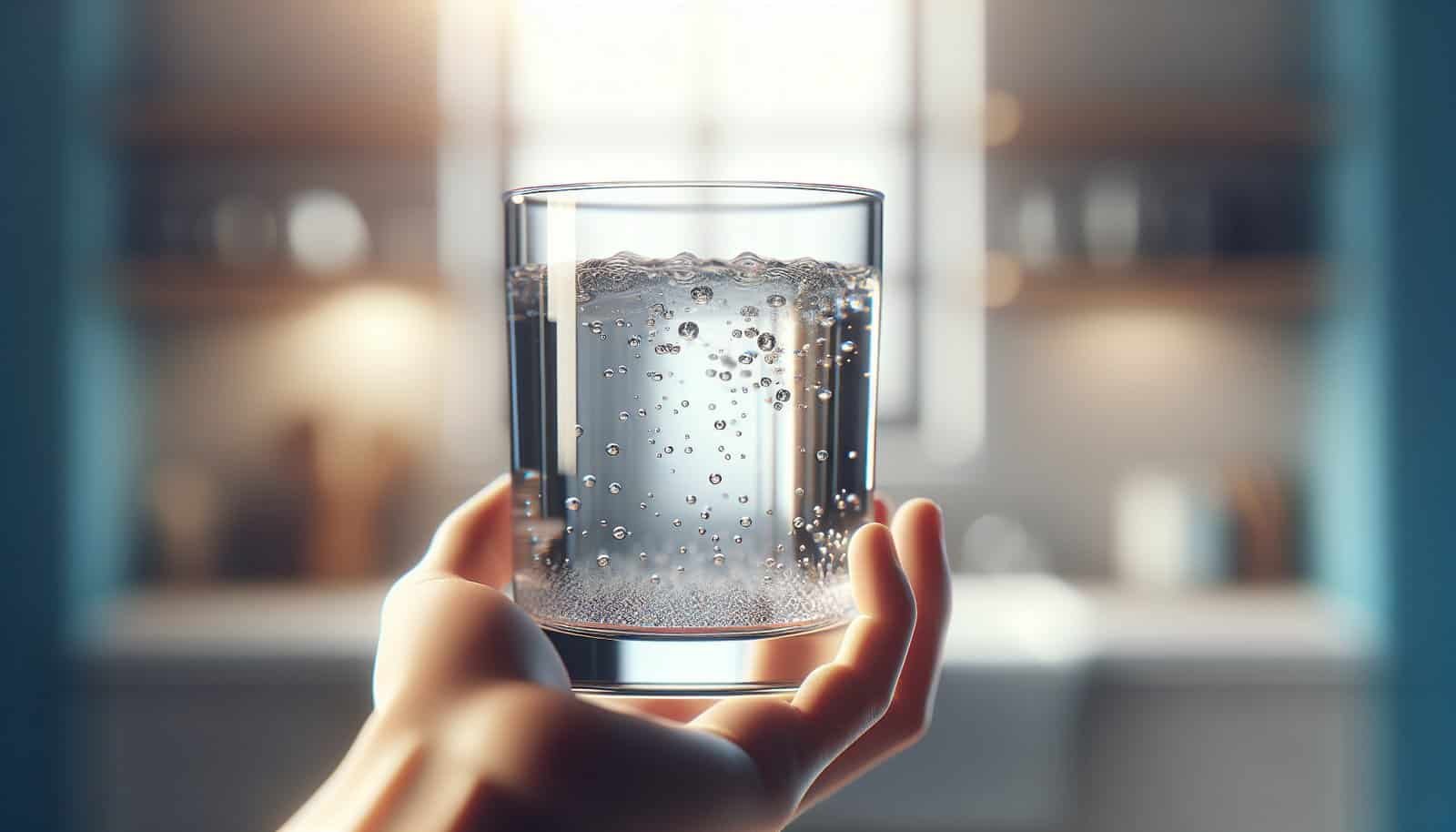
Shock chlorination (well disinfection) — step-by-step guide and safety notes
If bacterial contamination is confirmed or suspected, shock chlorination can disinfect the well and the household plumbing when performed correctly. You should follow these steps carefully and consider hiring a professional if you’re not comfortable.
Important safety notes: Use only unscented household bleach (sodium hypochlorite). Don’t mix bleach with acids or other cleaners. Wear gloves and eye protection. If you have a private well and are not experienced, consider a licensed well contractor.
Typical procedure:
- Calculate the volume of water in your well and plumbing to estimate the chlorine dose. (If you don’t know the volume, many local health departments provide guidance or you can ask a professional.)
- Use unscented household bleach (5.25–8.25% sodium hypochlorite). The target free chlorine concentration in the well is often around 50–100 ppm for shock disinfection, but follow your local guidance.
- Mix the calculated bleach amount with water in a bucket and pour into the well.
- Circulate the chlorinated water through all faucets, fixtures, and showers until you smell chlorine at each outlet. Don’t forget outside faucets and the hot water tank (you may need to chlorinate the hot water tank as well).
- Let the water stand in the well and plumbing for the recommended contact time (commonly 12–24 hours).
- After contact time, flush the system until chlorine is no longer present (check with smell or test strips).
- Have the water tested for bacteria after the system has been flushed. Don’t drink until tests show no coliform bacteria or E. coli.
If you have a private well and livestock or irrigation needs, plan for safe disposal of chlorinated discharge to avoid harming plants or aquatic life.
When to call a professional or the local health department
You should contact professionals in these situations:
- You detect fuel, solvents, or strong chemical odors.
- Tests show persistent bacterial contamination after disinfection.
- Nitrate levels exceed safe limits (especially with infants/pregnant people).
- You suspect the wellhead, casing, or pump has been damaged.
- You’ve experienced a recent wildfire, flood, or earthquake that may have compromised well integrity.
- You’re not comfortable performing shock chlorination or don’t have the tools to measure chlorine levels and well volume.
Your local health department can help you find certified labs, provide free or low-cost testing resources, and advise on required tests after emergencies.
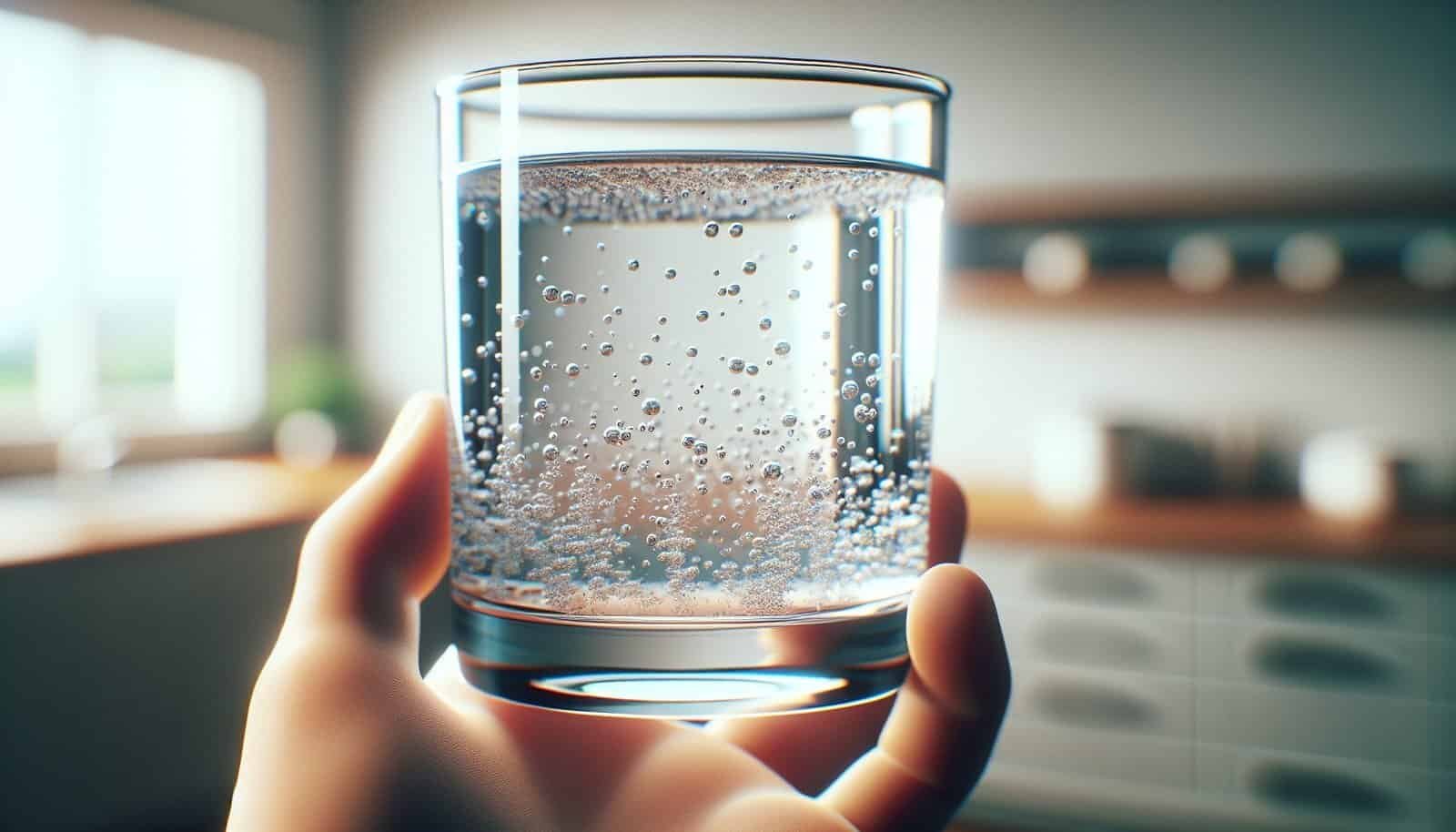
How wildfires can affect your well water
Wildfires can cause several changes that affect the safety and quality of your groundwater and well system. You’ll want to take particular care before using well water after nearby fires have occurred.
Ways wildfire impacts your well water
- Ash and charred debris: Ash can be carried into the well area by wind or storm runoff, introducing organic matter and possible metals.
- Increased runoff and erosion: Burned soil has reduced infiltration and increased overland flow, carrying ash, sediments, and contaminants into wells or recharge areas.
- Damaged septic systems and infrastructure: Fires can destroy septic systems or cause failure, increasing the risk of bacterial contamination.
- Combustion byproducts: Burning buildings, plastics, and vehicles can release chemicals and metals that may leach into soils and groundwater.
- Changes to recharge chemistry: Loss of vegetation and soil alteration can change the chemistry of recharge water, increasing turbidity, TDS, and mobilizing metals.
What you should do immediately after a wildfire
- Don’t use your well water for drinking or cooking until you’ve had it tested. Use safe alternative water sources.
- Inspect the wellhead, cap, and casing for physical damage; if you see damage, secure the well and contact a professional.
- If floodwaters or heavy runoff flowed near the well, treat the well as potentially contaminated and disinfect.
- Cover the wellhead and vent with a clean, secure cap if possible to keep ash and debris out.
- Collect samples for bacteria, nitrate, pH, TDS, turbidity, metals, and VOCs or PAHs if burned materials were in the area. Explain to the lab that a wildfire occurred so they can recommend tests.
- Contact your local health department for specific guidance; many agencies have protocols after wildfires.
Long-term prevention and maintenance to avoid sudden changes
You’ll reduce the likelihood of sudden changes by maintaining the well and protecting the recharge area.
Routine maintenance checklist (monthly to yearly tasks)
- Inspect well cap and casing for cracks, loose fittings, or signs of damage at least twice a year and after severe weather or wildfires.
- Keep the area around the well clear of debris, chemicals, and pesticides. Maintain at least a 50-foot setback from septic systems, fuel tanks, and livestock operations where possible.
- Ensure grading around the well slopes away from the wellhead to prevent surface water pooling at the well.
- Test your water annually for bacteria and nitrates, and perform tests after any unusual event (flood, wildfire, plumbing repair).
- Replace filters regularly per manufacturer recommendations.
- Schedule professional well inspections every few years, or if you notice changes in pump performance, water level, or water quality.
Landscaping and land-use tips to protect your well
You should manage the land around your well to reduce contamination risk:
- Avoid septic systems, chemical storage, or livestock pens uphill or near your well.
- Plant native vegetation to reduce erosion and runoff.
- Do not pave or grade immediately around the wellhead; maintain an apron of undisturbed soil so runoff is directed away.
- Keep fuel, pesticides, and fertilizers well away from the well and store them in secondary containment.
Costs and timelines: what to expect
You’ll want to know the potential cost range for tests and treatments so you can plan.
- Basic bacterial tests: $25–$75 per sample (varies by lab and region).
- Expanded chemical and metals panels: $100–$400 depending on the number of analytes.
- Shock chlorination (DIY): minimal cost for bleach and simple tools; professional service can range from $100–$300.
- Point-of-use RO system: $300–$1,500 installed.
- Whole-house filtration systems (iron, sulfur, VOCs): $1,200–$6,000 depending on complexity and capacity.
- Well repair or new well drilling: thousands to tens of thousands of dollars, depending on depth and site conditions.
Timelines:
- Initial bacteria tests: 24–48 hours for results in many labs.
- Expanded testing for metals and VOCs: a few days to a week.
- Treatment system installation: from same-day for small POU units to weeks for whole-house systems depending on parts and professional schedules.
Sample communication with your local health department or well contractor
When you call for help, give clear, specific information to get the best guidance quickly:
- Describe the taste or smell in plain terms (e.g., “rotten egg odor,” “metallic taste,” “chemical/fuel smell”).
- Tell them when the change began and whether anything significant happened around that time (wildfire, heavy rain, septic maintenance, pump repair).
- Note whether the smell/taste appears in hot water, cold water, or both and if neighbors are affected.
- Ask what tests to run immediately and whether they can recommend certified labs or contractors for remediation.
Typical scenarios and step-by-step responses
Below are short scenarios you might encounter and the practical steps you should take.
Scenario 1: Rotting egg smell in both hot and cold water
- Immediate action: Stop drinking water. Use bottled water.
- Test: Bacteria, hydrogen sulfide, iron, and manganese.
- Short-term fix: Shock disinfect if bacteria present; use point-of-use carbon for low-level smell.
- Long-term: Install aeration or sulfur-specific filtration if hydrogen sulfide persists.
Scenario 2: Metallic taste and brown staining
- Immediate action: Avoid drinking until you have a test.
- Test: Iron, manganese, pH, TDS, bacterial panel.
- Short-term fix: Flush lines; check hot water heater for sediment.
- Long-term: Install oxidizing filter and sediment removal, consider corrosion control if lead or copper is present.
Scenario 3: Chemical or fuel odor after a building fire nearby
- Immediate action: Stop using water for drinking and cooking. Use bottled water.
- Test: VOCs, PAHs, metals, bacterial panel.
- Short-term fix: Call local health department and environmental professionals.
- Long-term: Professional remediation and continuous monitoring; consider drilling a new well if contamination is severe.
When replacement might be the only solution
Sometimes the best long-term option is to repair or replace the well, especially if:
- The well casing or cap is compromised and cannot be repaired.
- Contamination is coming from a shallow, compromised aquifer and repeated treatment fails.
- The aquifer has been irreversibly impacted by saltwater intrusion or persistent contaminants.
Replacing or deepening a well can be expensive, but it may be the safest solution if alternative treatment won’t reliably protect your household.
Recordkeeping and reporting
You should keep records of all tests, treatments, and maintenance:
- Save lab reports, inspection logs, and receipts for treatments or repairs.
- Note dates of events (wildfires, floods, construction) that could affect the well.
- Share contamination events with future property owners if you sell the property — many regions require disclosure.
Summary: a practical action plan you can follow
- Stop drinking or using the water for cooking until tests show it’s safe.
- Note the type of taste/odor, timing, and any recent events.
- Check whether the problem is confined to hot water, a single faucet, or the whole house.
- Contact your local health department or a certified lab for sampling instructions and tests.
- Perform immediate fixes if safe to do so (clean aerators, replace filters, flush).
- If tests show bacteria, shock chlorinate and retest; if chemicals or metals are present, consult a licensed contractor for treatment options.
- Take special precautions after wildfires: inspect the wellhead, cover the well, and prioritize tests for bacteria, metals, and combustion byproducts.
- Schedule routine maintenance and annual testing to reduce the chance of sudden surprises.
Useful resources
You should reach out to:
- Your state or local health department for testing guidance and lab referrals.
- Certified well contractors for inspections and repairs.
- Certified environmental labs for specialized testing (VOCs, metals, PAHs).
- Local extension services or agricultural agencies for groundwater protection advice.
If you want, you can tell me the taste or smell you’re experiencing, any recent events (wildfire, heavy rain, nearby construction), and whether the problem is in hot, cold, or all faucets. I can help you pick the most relevant tests and outline next steps specific to your situation.
